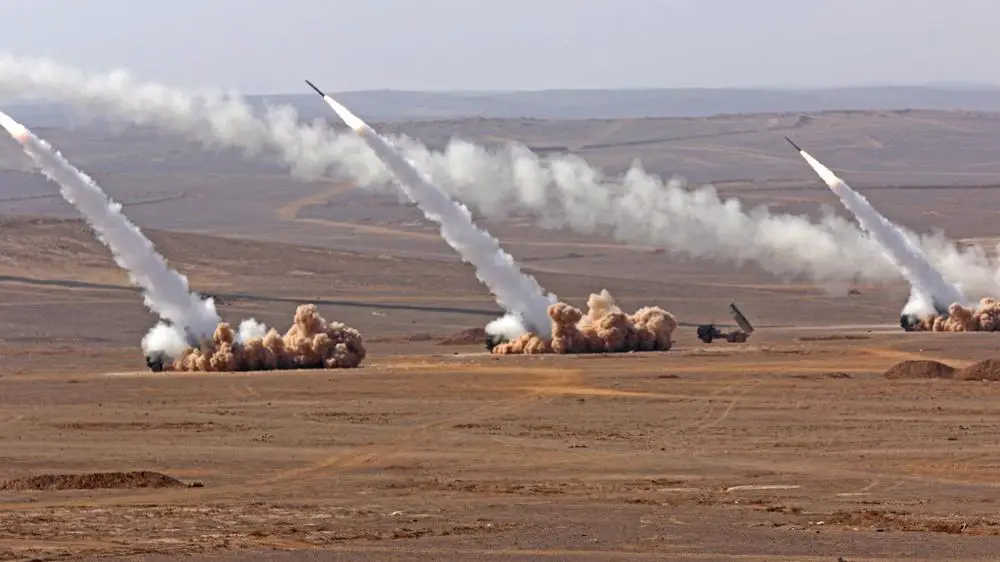The U.S. State Department has made a determination approving a possible Foreign Military Sale to the Government of Jordan of Guided Multiple Launch Rocket Systems (GMLRS) Alternate Warhead (AW) Unitary Rocket Pods and related equipment for an estimated cost of $70 million. This proposed sale will support the foreign policy and national security of the United States by helping to improve the security of a Major Non-NATO Ally that is an important force for political stability and economic progress in the Middle East. The principal contractor will be Lockheed Martin Missile and Fire Control, Dallas, TX. There are no known offset agreements proposed in connection with this potential sale.
The Government of Jordan has requested to buy one hundred fourteen (114) Guided Multiple Launch Rocket System (GMLRS) Unitary High Explosive (HE) Tri-Mode Fuze (GMLRS-U) (M31) Rockets; and one hundred fourteen (114) Reduced Range Practice Rockets (RRPR). Also included is support equipment; publications and technical data; personnel training and equipment; systems integration support; U.S. Government and contractor engineering technical and logistics support services; and other related elements of logistics and program support. The estimated total cost is $70 million. This sale will provide Jordan with a long-range precision artillery support capability that will significantly improve U.S.-Jordan interoperability and provide for the defense of vital installations.

When the DSCA announced in 2009 that a Jordanian request for 12 HIMARS had been approved, it said the proposed package included 72 M31 GMLRS pods and 36 practice rocket pods. The M142s were delivered in 2012 and subsequent exercises have shown them in service with the Jordan Royal Artillery Command 29th Royal HIMARS Battalion. On 4 March 2016, U.S. Army M142 High Mobility Artillery Rocket System, or HIMARS fired rockets into Syria in support of Syrian rebels fighting ISIL for the first time, with the launchers based in neighboring Jordan. They used a guided-missile system with a range of up to 185 miles. The strike was launched in support of Syrian rebels who seized an ISIS military base near the border city of al-Tanf, where the borders of Syria, Iraq and Jordan converge.
The M142 High Mobility Artillery Rocket System (HIMARS) is a light multiple rocket launcher developed in the late 1990s for the U.S. Army, mounted on a standard M1140 truck frame. The M31 GMLRS Unitary rocket transformed the rocket into a point target artillery system for the first time. The GMLRS has a minimum engagement range of 15 km (9.3 mi) and can hit a target out to 70 km (43 mi), impacting at a speed of Mach 2.5. In early March 2021, Lockheed announced they had successfully fired an extended-range version of the GMLRS out to 80 km (50 mi), part of an effort to increase the rocket’s range to 150 km (93 mi). Later in March the ER-GMLRS was fired out to 135 km (84 mi).
















